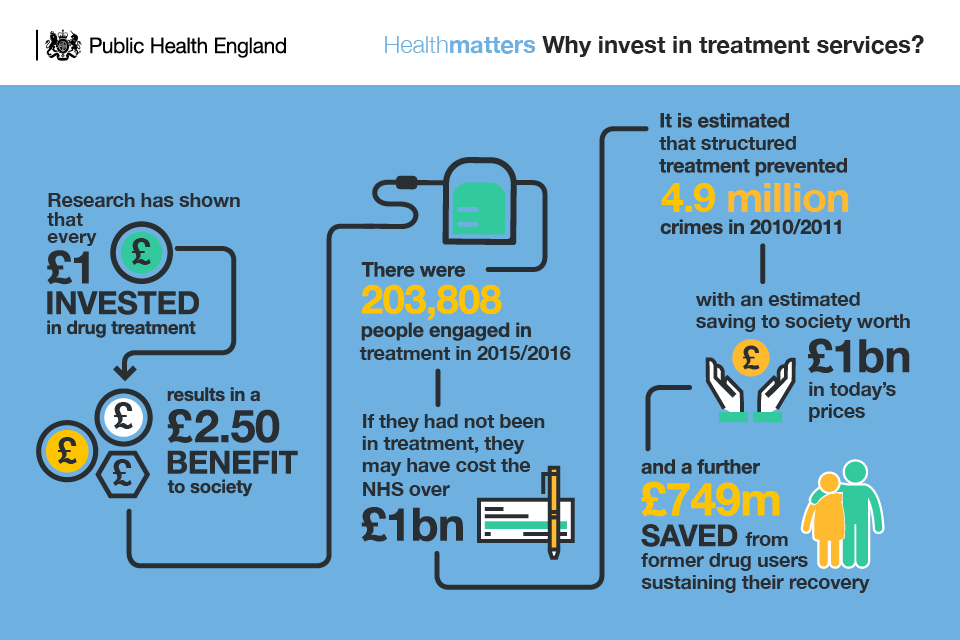
Today is International Overdose Awareness Day (IOAD), a global event held on 31st August every year. Across the UK, US and Australia, community organisations, government and non-government organisations come together to raise awareness of the risk of overdose, to reduce the stigma of a drug-related death for loved ones and to spread the message that the tragedy of overdose death is preventable.
In the UK, we’ve seen sharp increases in drug misuse deaths since 2012. Deaths in England and Wales in 2016 totalled 2,593, a 3.6% increase following a rise of 8.5% last year, 17% the year before and 21% the year before that.
Deaths due to heroin and/or morphine account for a third (32%) of all deaths related to drug poisoning.
Naloxone is the emergency antidote for overdoses caused by heroin and other opiates/opioids, such as methadone, morphine and fentanyl.
The main life-threatening effect of heroin and other opiates is to slow down and stop breathing. Naloxone reverses these breathing difficulties. It is cost-effective and easy to administer.
As it’s a prescription-only medicine, it cannot be sold over the counter, but since the introduction of new regulations in October 2015, people who provide drug treatment services can supply naloxone to anyone to save life in an emergency. This was a significant step forward.
Recently the Local Government Association carried out a survey to better understand the supply of naloxone across local authorities, and to demonstrate how it is considered by local authorities as part of their response to drug-related deaths.
The findings were encouraging as it is evident that the majority of respondent local authorities currently ensure that take-home naloxone is made available through drug treatment services.
There is however still more to do and the survey points at areas where improvements could be made.
We would like to see naloxone made more widely available to those who might need it who are not in contact with treatment.
Our nine regional PHE centre teams are helping local areas to extend the provision of naloxone, including through hostels, outreach workers, and needle and syringe programmes.
It’s important that those local authorities leading the way on widening naloxone provision share their learning of how it can best be used to equip people to save a life in an emergency and so lower the number of opiate related deaths.
Local areas, such as Birmingham, have adopted an approach that targets the widest possible population who might benefit from naloxone.
This includes police, the ambulance service, hostel managers and pharmacies, in a concerted approach with training provided to anyone involved in distributing naloxone.
Local authorities looking to widen the provision of naloxone in their area can read more about it in our guidance on this topic.
Naloxone saves lives and is vital in preventing overdose deaths but it is not the only answer.
To continue to drive down drug-related deaths we must escalate efforts to effectively engage drug misuse and go beyond treatment services to support vulnerable and at risk people with more emphasis on the individual, their health and their circumstances.
We will shortly be publishing prevalence estimates for opiate and crack users; this will provide an opportunity for local areas to take stock of how many of their drug using population are in treatment and how many more of these people, who are most vulnerable to overdose, are outside this safety net.
Drug treatment not only saves lives, it provides value for money to local areas:

Interested in more blogs like this? Why not subscribe or follow us on Twitter @PHE_uk
